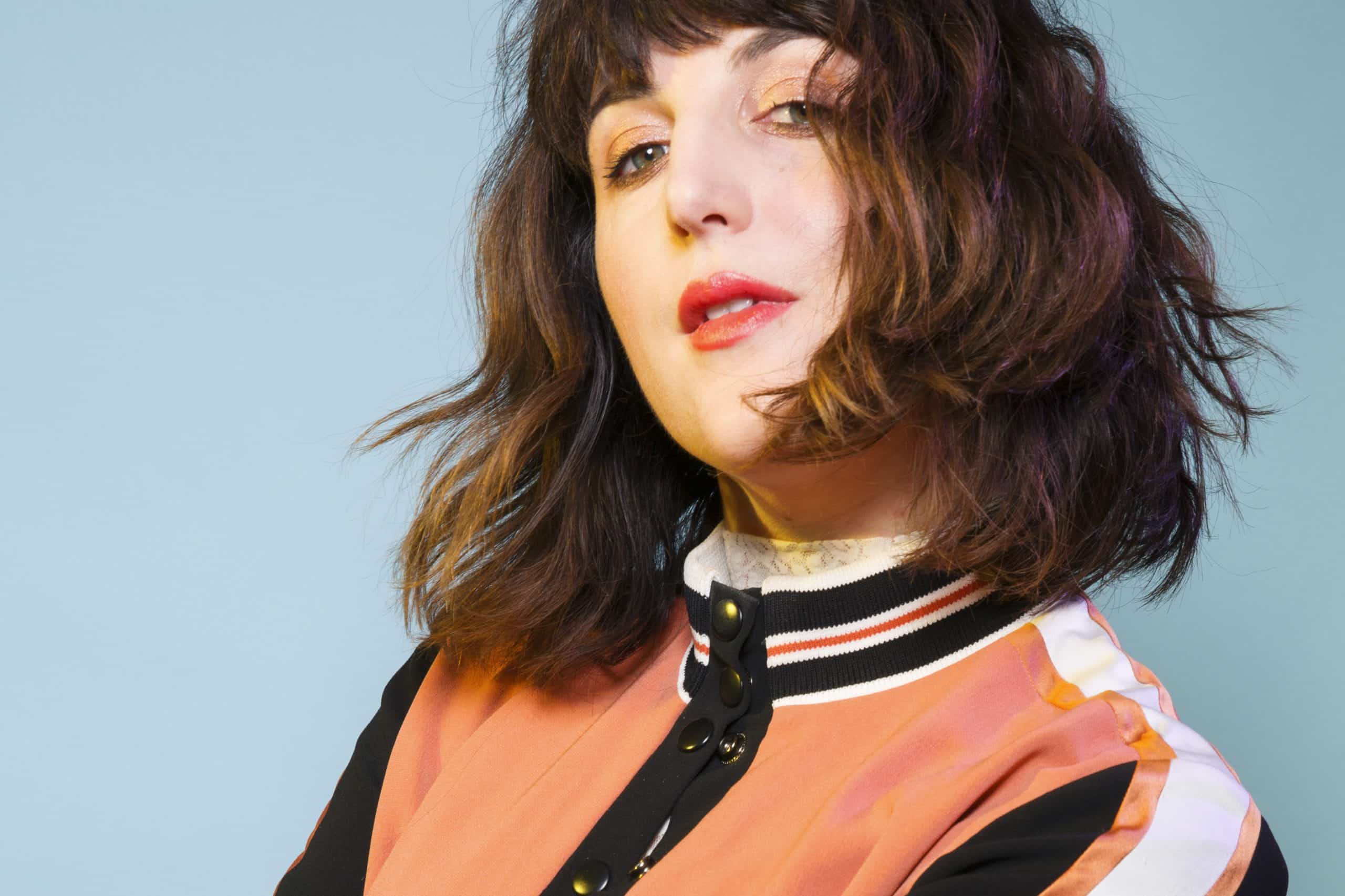As a co-founder of Refinery29, creative director Piera Gelardi has spent the past thirteen years building the brand from the ground up. Founded in 2005, Refinery began as a New York-focused design and fashion magazine. With their audience expanding, Refinery29 shifted gears to focus on their growing number of female readers, eventually adding news coverage in addition to beauty and wellness.
“Growing up I was really inspired by Sassy magazine, which I loved because I felt like a group of smart, interesting, cool, young women were speaking directly to me. I never really resonated with more mainstream publications,” Gelardi says. Sassy was an early-90s teen girl publication with an indie tilt; its founding editor Jane Pratt went on to create xoJane. What set Sassy apart from the pack was its refusal to lay out fashion rules, and Refinery29 also aims at that we’re-not-like-other-magazines feel. “We wanted to be smart, but also relatable,” Gelardi says. According to Refinery, the brand now reaches an audience of over 500 million people. They’ve recently opened international offices, in London and Berlin, and their yearly live event 29Rooms draws increasingly large audiences in New York and LA.
The feeling that mainstream fashion magazines aren’t really for you is a familiar one for many women, maybe even most women, and especially those who are not wealthy or white or thin. Refinery29’s brand has come to be defined by an opposition to that sense of exclusion, representing as many different female perspectives as possible. When Refinery began covering politics with a female focus, they were initially met with criticism. It was “probably a form of sexism,” Gelardi says. “Some people were like, ‘What right do you have, or what credibility do you have, to do these things?’ But I don’t know. We just keep it messy and mix it all together.”
At Refinery29, diverse representation can mean anything from op-eds challenging Muslim stereotypes to listicles on the best lipsticks for dark skin. Their ongoing 67% Project, named for the percentage of American women considered to be plus-size, explores a range of topics from a size-inclusive perspective. Their widely-read Money Diaries explore how women across a range of income brackets spend their cash.
Despite this expansive scope, Refinery29 maintains an instantly recognizable aesthetic. As Gelardi tells it, this consistency is the product of a team that’s always collaborating to surface inspiration in new places. We got in touch with her to find out more about her work as a creative director, the challenges of being a female founder, and why she always makes time for breakfast in the morning.
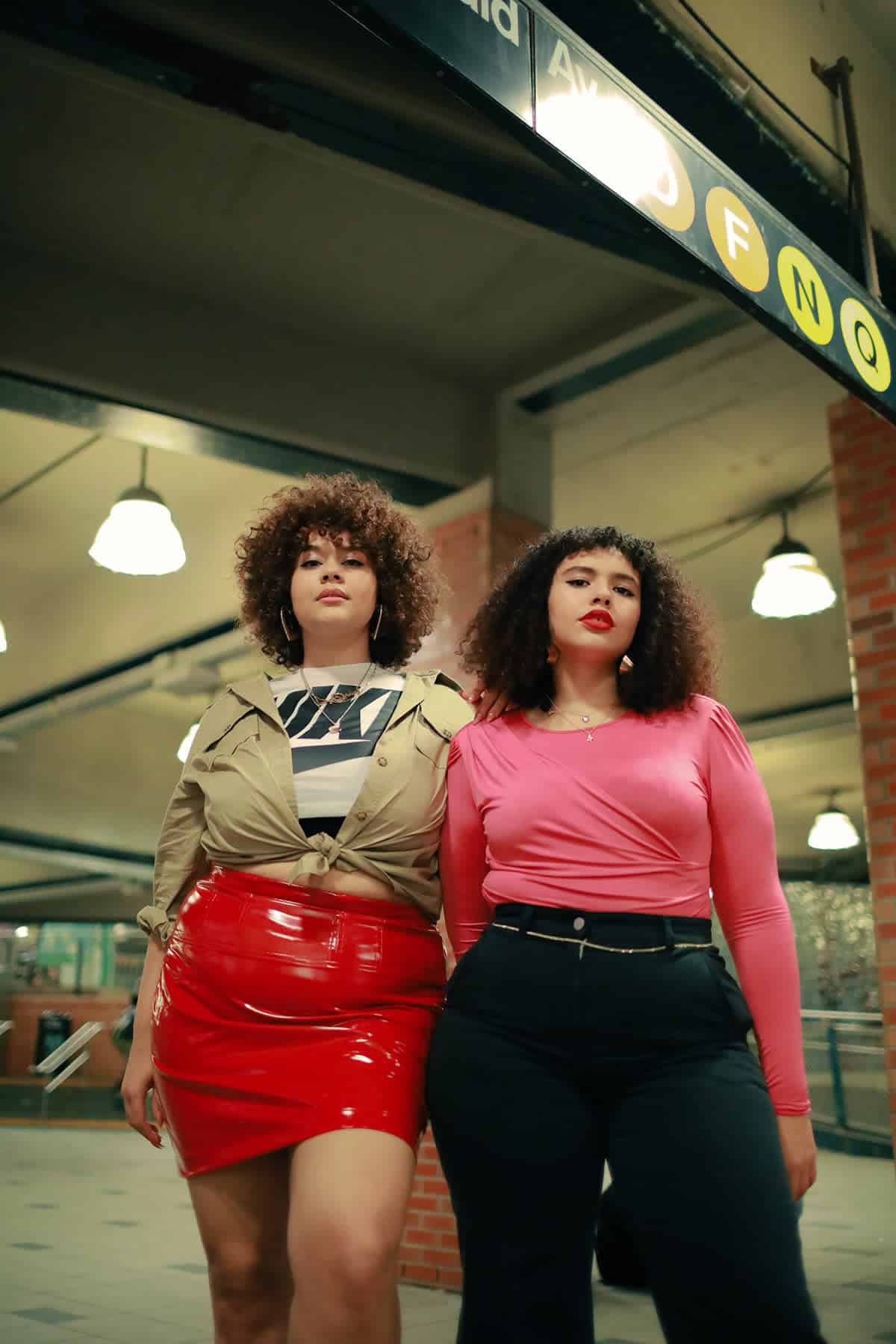
Photo by Renell Medrano for Refinery29’s 67% Project.
Format Magazine: I always notice that your content is super diverse. How do you go about prioritizing diversity when it comes to creative?
Piera Gelardi: For me, it’s been about reinforcing diversity in our content over and over and over again. Sometimes I feel like a broken record, but they say people sometimes need to hear things seven times for it to register. I try to say it in different ways, and highlight reader comments where they talk about how meaningful it is for them to be represented in the content—what it means for them.
As we started to grow and do such a high volume of content, we had to start relying on stock photography to a certain extent. But the stock landscape didn’t have the diversity that we were looking for. And it also didn’t have the art direction that reflected our brand. So about eight years ago, we started our own stock photography archive. We’ve been building that for the last eight years.
We started it with actually shooting staffers and then doing street casting. We had cards that we’d pass out, in the subways, in the streets or concerts or wherever people are at, that were calls for models. We saw that our audience really liked seeing women who aren’t traditional models in our content. So we cast a wide variety of places, and we do a lot of Instagram casting as well.
Using that casting database has been a big thing, and continuing to educate ourselves about what inclusivity looks like. We think a lot too about not just who’s represented in the images, but who’s creating the images, the content, the storytelling. That’s been a huge focus for us too. 78% of our photographers are women. We really try to hire diverse women—with everything from 29Rooms to photoshoots to illustrators—and are always thinking about who is getting the opportunities to tell their stories. Because talent is equally distributed, but opportunities aren’t.
We just did this RIOT writer’s lab. RIOT is our women’s comedy platform, and we reached out to different comedy schools and comedy establishments and got a call for submissions for women comedy writers. Then we paired them with established writers from SNL and other places and did this comedy workshop. One of the finalists is getting a show on TBS.
Seeing these audition tapes—it was so amazing. It made me realize, so viscerally, this huge opportunity that we had. So often you hear these depressing stats about “4% of creative directors are women” or “The number for women directors has gone up to 11% from 7%,” so that’s an improvement. You hear those things, and it feels like, “Oh, are we ever going to make progress?” But looking at these audition tapes, it was kind of the opposite. There’s this abundance of creativity and talent out there and these stories that aren’t being told. There’s such a huge opportunity to tell them.
As a female founder, do you feel like you’ve faced different challenges?
I think it’s similar to the difference between seeing the deficit when you realize the lack, versus seeing the amazing opportunity and abundance waiting to be surfaced. That’s sort of my experience too, of founding the company and growing in my career. I used to focus more on the deficit.
It’s tough to be a woman and starting a company, working in the professional environment, existing within patriarchal structures, because those structures are not meant for us. I think that when I was first starting my career I was trying to conform to those structures and conform to leadership examples that didn’t fit me and who I am uniquely, or what I am as a woman.
Obviously there’s so much range in who we are as women. For me the most powerful lesson has been to learn how to value and build on my own style, my own skills, and my own intuition and how I think, how I think the culture of the company should be.
When we were fundraising for the company, when we were in all stages even, I think we saw a huge amount of discrimination because of our focus on women. Fundraising, saying that you’re a company focused on women, was something that people did not get. It definitely makes it more difficult.
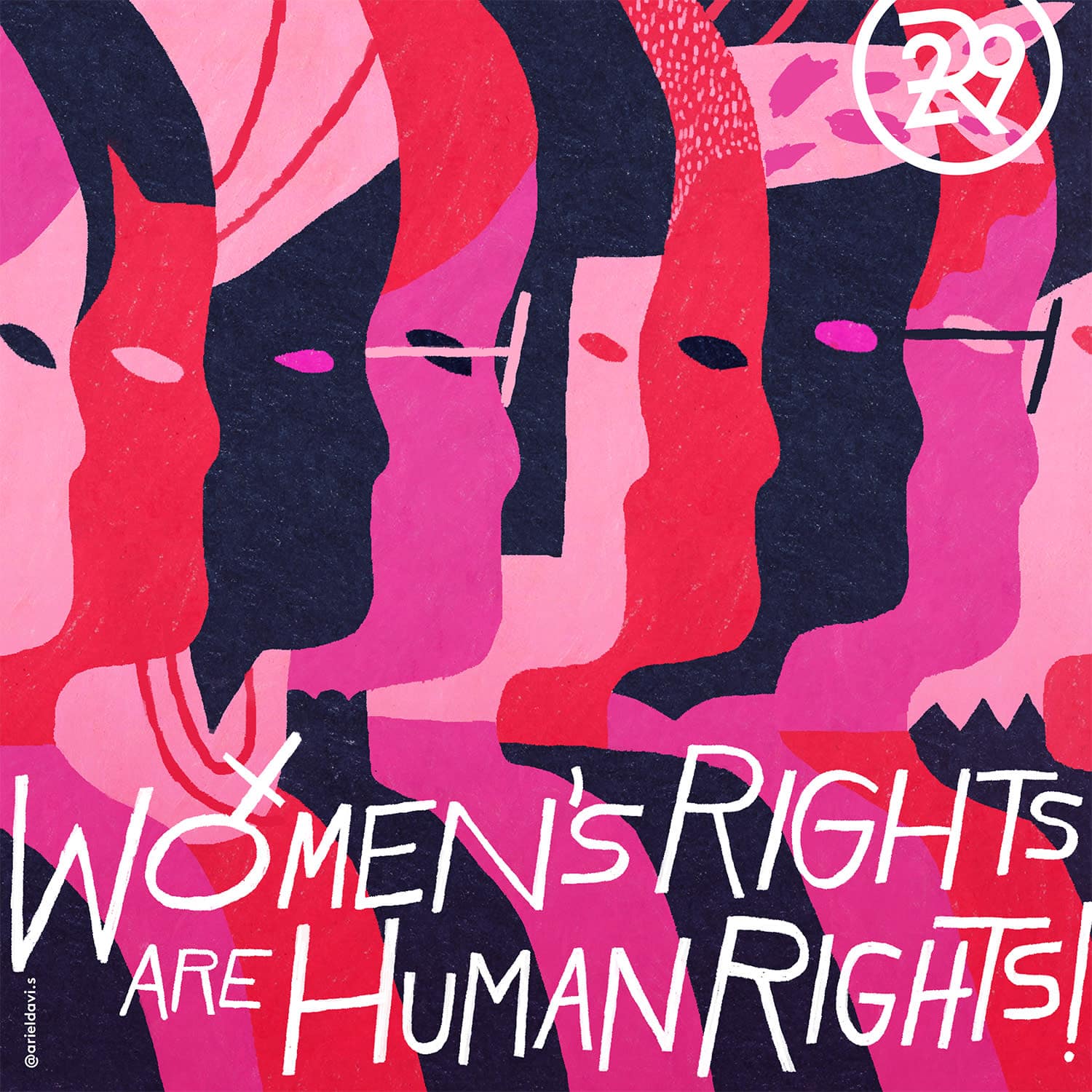
Design by Ariel Davis for a Refinery29 Women’s March 2018 poster series.
Could you tell me about your typical day-to-day at work? What’s your schedule like?
I get up in the morning and I have coffee at home and breakfast at home, which is very intentional because I used to be the type of person who would get up and get dressed and run out the door and get a Starbucks coffee and whatever, eat a shitty muffin at my desk or something. There was this time period where I was going too hard with work, and I had this realization that I was not doing myself any favors. I wasn’t doing the company any favors working in this way. I started making coffee at home and it basically changed my life.
So I start my day with coffee and breakfast at home. It’s my time to get my head in the game and think about what it is that I want to get done—how I want to approach the day. Then I come in and usually my day is split between meetings with the team that are focused on inspiration, education, or conversations that are going to guide us creatively. That can be anything from brainstorming new ways to design meme content, or we do brand huddles where we have facilitative conversations around our brand values.
It’s been interesting to shift my focus as a leader from a time when I was so hands-on and part of everything and approving everything. As we grew, it just became clear that that wasn’t scalable, and it wasn’t the best for the team and their creativity. I’ve shifted my focus to thinking about how, as a leader, do I infuse the company with inspiration—how do I share the vision?
I would say my day is a third brainstorming, problem solving with the team, educating people; and then probably a third of my day tends to be having different meetings and calls with creative people or entrepreneurs, people that are potential partners, whether that’s talking through active projects that we’re working on or meeting new people that we might want to collaborate with. The rest of my day tends to be broken into more executive or operational type meetings and administrative email stuff, things like that.
I think sometimes for people outside of digital media, these kind of roles, like creative director or art director, can be a bit mysterious. If you’re not within the industry, you wonder, “What goes into that? How do you actually ensure that the brand looks consistent?”
We have a clear mission and values and all of that stuff. And we have the basic brand guidelines—but then we’re constantly getting together. I do these quarterly reference shares where everyone in the creative team brings in things that they’re inspired by.
It is an interesting challenge—when you have a big team and when there’s so much work going out the door every day—maintaining that consistency without it getting stale. Some brands are so consistent that it just becomes boring.
Even if I just see one of your articles on Facebook, I always know that it’s Refinery29 right away. There’s a look to it. And yet it doesn’t feel like you’re just seeing the same content.
It’s basically education, sharing inspiration with everyone, then having these focus brainstorms on different places where we can improve the work. We do these Friday e-mails about the best work of the week, and we also do a monthly meeting where we get together and celebrate and educate and talk about what’s awesome, what we tried and what we learned, and then anything that we really need to focus on, and friendly reminders about the things that people need to be keeping in consideration. It’s an ever-evolving web of keeping it loosely together.
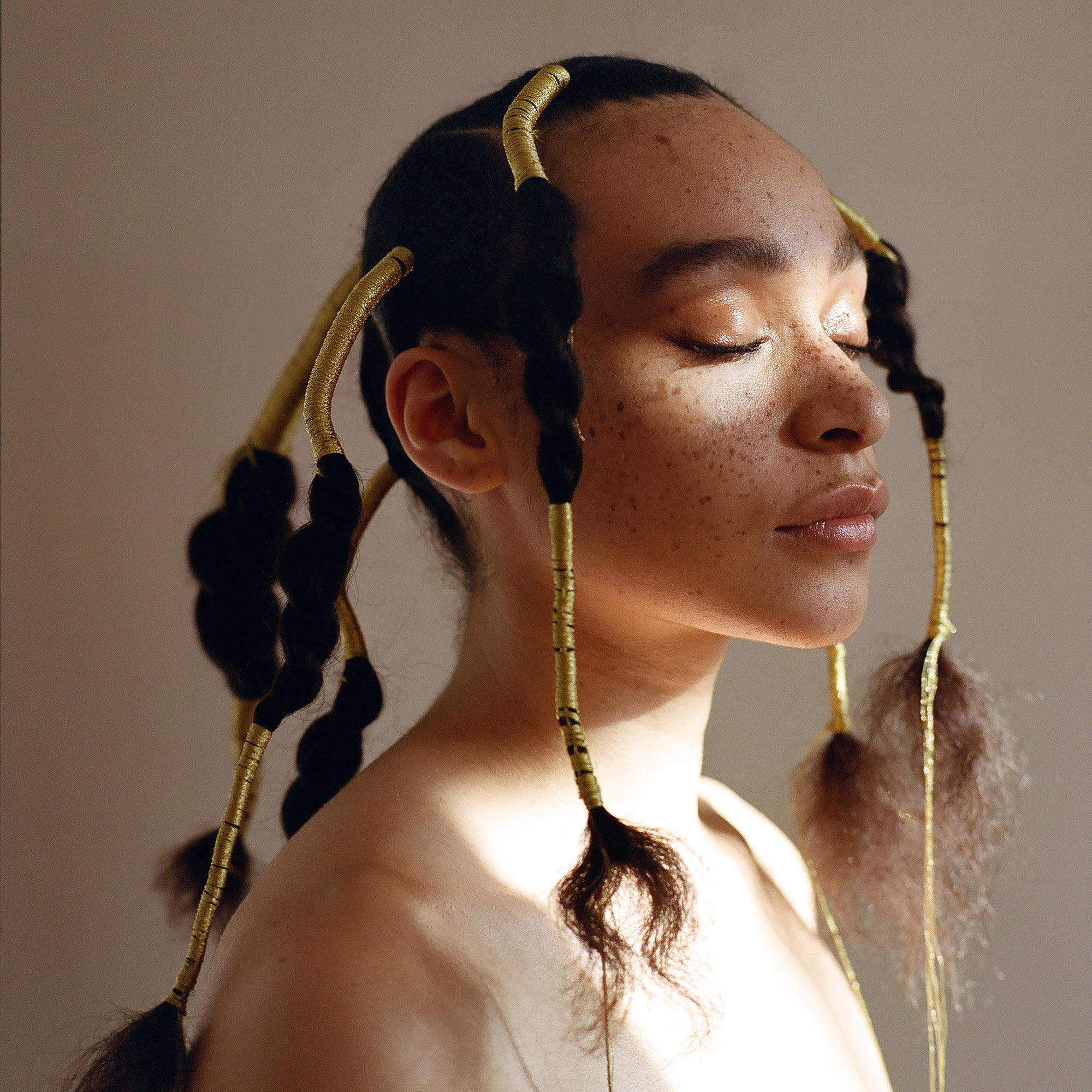
Photo by Lily Bertrand-Webb for a Refinery29 feature on African hair threading.
You mentioned that sometimes you cast people through Instagram. How do you usually go about finding new creators to work with?
It happens all different kinds of ways, but we do find a lot of talent on Instagram. Similar to the reference shares that we do for inspiration, the other day everyone in our photo team came and we had them bring different photographers that they were inspired by. Part of it is just sharing inspiration with each other, and I think everyone on our team is individually looking at things. And then we get a lot of people reaching out to us and sending us their work. It’s just constant museums and galleries and being out in the city as well.
If somebody is looking to work with or be featured by you, what kind of pitches do you like to see?
We’re always on the lookout. I know this might sound like a generic answer, but we always tend to look for people that have a really unique point of view, that are truly embodying themselves. Sometimes I see portfolios where the person is clearly trying to appeal to a lot of different aesthetics, and that might work for some clients. Whether I’m hiring someone onto the team or whether we’re looking for someone to collaborate with, I want to see a strong, singular point of view, and something that feels true to that person—like they have something they’re trying to express to the world.
Outside of that, it’s just keeping pitches short and personalizing them to the person or the brand that you’re pitching to. I always tell people this when they go to interviews too. It’s better to go to fewer interviews, or pitch to fewer people, and make it more focused and do a bit more research to the effect that you can specifically call something out.
If you start a pitch to the client or the publication with something that you like, appreciate, or are inspired by—whether it’s a specific thing that they did or just their ethos—that’s going to get someone’s attention more than just saying, “Here are all of my accomplishments, and you should hire me.” It’s better to say, “Here’s what resonates with me about what you’re doing, and here’s how I can collaborate with you.” That’s something I look for.
Refinery29 has this great combination of current events, political coverage, but then also fashion and beauty. When you started you weren’t doing that topical content, were you? How did it come to be part of the brand?
We didn’t have that in the beginning. We started really, really focused. I feel like when you start small you have to be focused.
As we developed the brand, we incorporated more of what we were interested in into it, and also what our audience wanted from us. Even just taking the original leap, which now doesn’t seem like a leap at all, from being fashion to adding beauty. I remember Christene [Barberich, Refinery29 editor-in-chief] and I worked on a story and we tested it out. We put it in the newsletter and it was our most successful story of the month, so that helped.
When we went into wellness and sex it was the same thing. It was like, “What do we feel is missing in the approach?” At the time we felt there wasn’t a lot of content about wellness that approached it in an informative way, but wasn’t sterile, that was accessible. With sex it was similar. We thought, “Well, all the sex content that’s out there is either super medical, or everything is ‘wink, wink, nudge, nudge’. It’s super heteronormative. It’s super focused on pleasing a man, versus women’s pleasure.” We did a couple of experiments with sex and we saw that those were by far our most successful stories.
So often with women’s publications, you’re either someone that reads a celebrity tabloid or you read The New Yorker, you read The New York Times, and we wanted to challenge that. As we started opening up the aperture and growing and having the flexibility to add these new categories, we thought, well, we want to really address 360 degrees of a woman’s life. The fact that you can really care about the midterm elections and also want to buy a pair of sparkly boots. We contain multitudes. We’re complex. We’re multifaceted. We have all these different interests, and there’s no reason why those things have to be put in these neat and tidy boxes that are far away from each other.
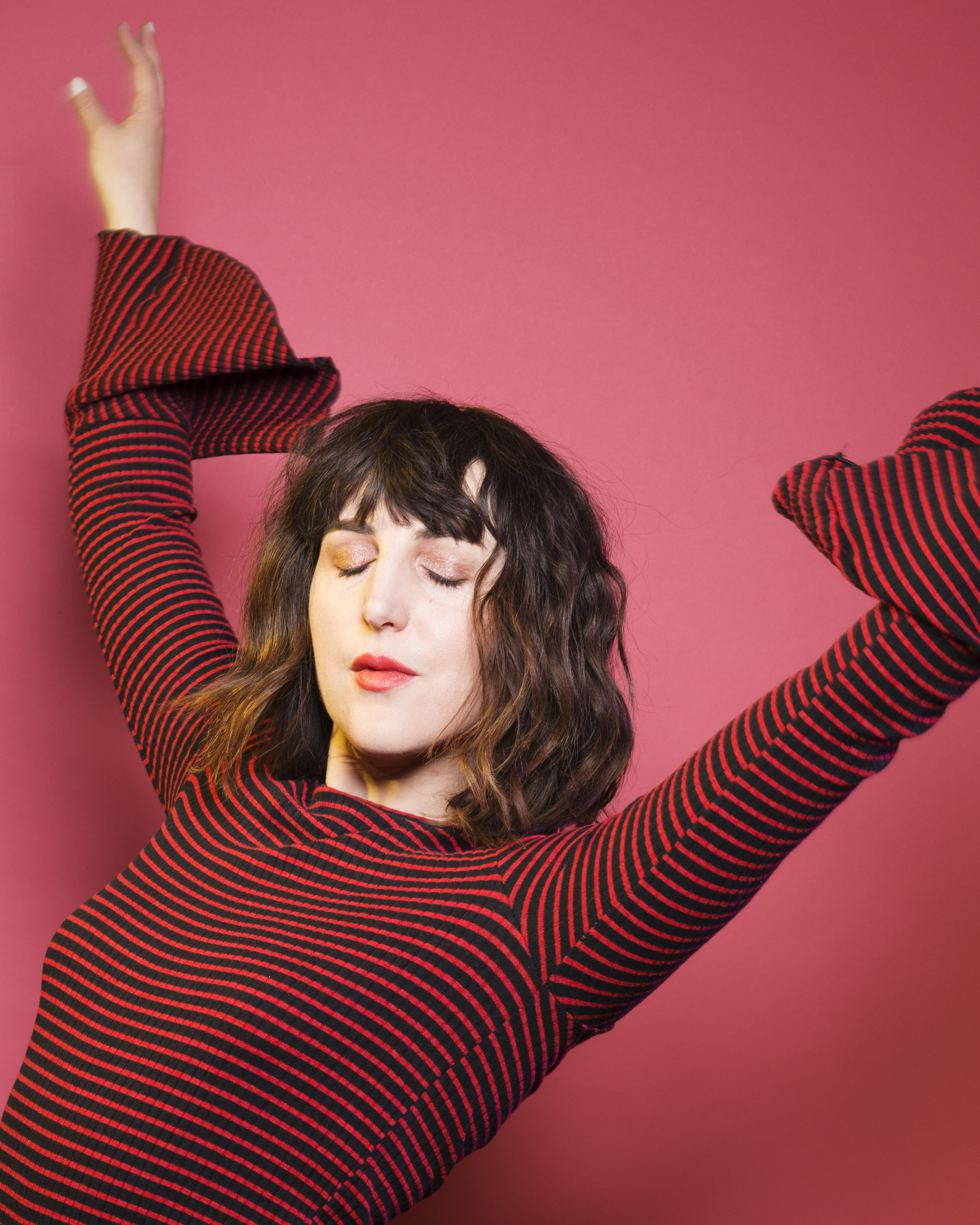
All portraits of Piera photographed by Erin Yamagata and courtesy of Refinery29.
More interviews to read:
Buzzfeed Photo Editor Gabriel H. Sanchez on How to Get Discovered
Vice Magazine’s Photo Editor Elizabeth Renstrom Wants Magic
How to Get Your Photography Published in Bon Appetit Magazine
